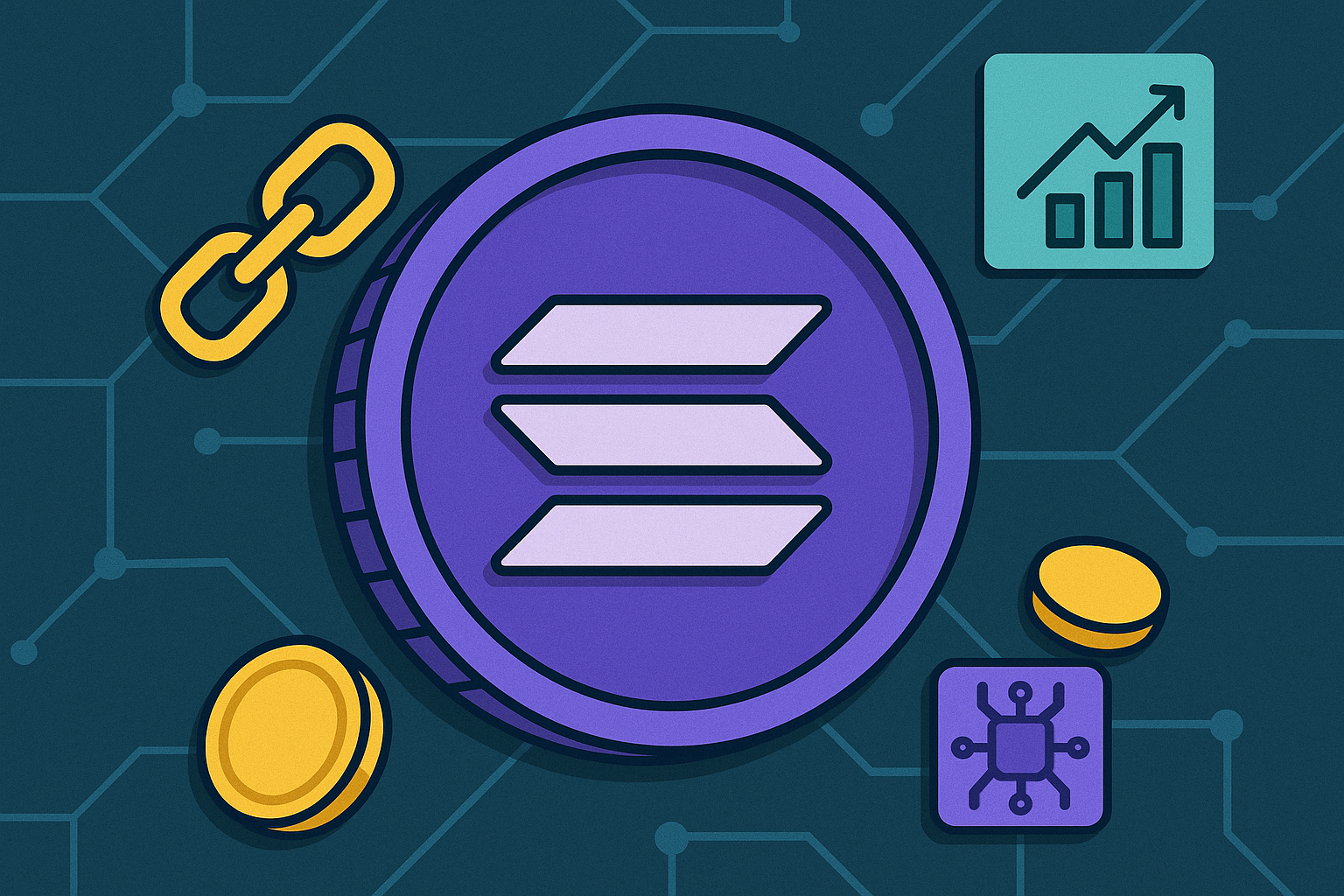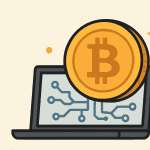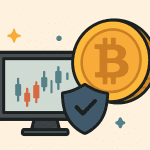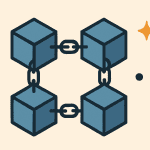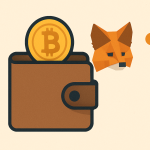Solana is one of the most popular blockchains in the crypto world today. You may have heard of it or seen its token SOL listed on exchanges. But what exactly is Solana, and why are people talking about it?
In this beginner-friendly guide, we’ll explain what Solana is, how it works, and why many consider it a strong competitor to Ethereum.
Contents
Solana in Simple Words
Solana is a blockchain platform, like Ethereum or Bitcoin. A blockchain is a digital system that keeps a record of transactions. But Solana is special because it’s very fast and low-cost.
The SOL token is the currency used on the Solana network. People use it to pay for transactions, stake, or trade on crypto exchanges.
What Makes Solana Special?
Solana was designed to solve three big problems that many blockchains face:
-
Speed
-
Cost
-
Scalability (handling lots of users at the same time)
Let’s look at how Solana solves these issues.
✅ 1. Super Fast
Solana can handle thousands of transactions per second (TPS)—much more than Ethereum or Bitcoin.
-
Bitcoin: ~7 TPS
-
Ethereum: ~30 TPS
-
Solana: 2,000+ TPS (and aiming for more)
This makes Solana one of the fastest blockchains in the world.
✅ 2. Very Low Fees
Sending crypto or using apps on Solana costs a tiny amount—usually less than $0.01 per transaction.
That’s great for people who want to use blockchain apps without paying high gas fees (like on Ethereum).
✅ 3. Scalable
Solana’s network can grow as more users join, without slowing down or becoming too expensive. This is thanks to its unique technology called Proof of History (PoH) combined with Proof of Stake (PoS).
What Is Proof of History?
Solana uses something called Proof of History to keep track of time between transactions.
Most blockchains use a traditional method where transactions are grouped into blocks and confirmed one by one. Solana’s PoH works like a cryptographic clock, helping the network run faster and process many transactions at once.
It’s like having a super-organized to-do list where everyone knows what’s next, saving time.
What Can You Do on Solana?
Solana is more than just a currency. It’s also a platform for decentralized applications (dApps), which are apps that run on the blockchain.
Here are a few things you can do on Solana:
-
Trade crypto on Solana-based decentralized exchanges (DEXs) like Jupiter or Raydium
-
Buy NFTs from Solana marketplaces like Magic Eden
-
Play blockchain games built on Solana
-
Stake SOL and earn rewards
-
Use DeFi apps (Decentralized Finance) to lend, borrow, or earn interest
What Is SOL?
SOL is the native cryptocurrency of the Solana network. You can think of it as Solana’s money.
You can use SOL to:
-
Pay for transaction fees
-
Stake to earn rewards
-
Buy and trade tokens or NFTs
-
Use in apps and games
SOL is traded on most major crypto exchanges, such as Binance, Coinbase, and Kraken.
Is Solana Safe?
Solana is designed to be secure, and it has a strong community of developers. But like all blockchains, it has faced challenges:
-
Network outages (the system went down for a few hours on some occasions)
-
Hacks on third-party apps (not Solana itself, but apps built on it)
The Solana team works to improve the system and fix bugs. Still, it’s important to do your own research (DYOR) and only use trusted apps and wallets.
Pros and Cons of Solana
| Pros | Cons |
|---|---|
| Very fast transactions | Has experienced network issues |
| Low transaction fees | Less decentralized than Ethereum |
| Active developer community | Still growing in adoption |
| Many dApps and NFTs | Some projects are still untested |
Final Thoughts
Solana is a powerful blockchain that offers speed, low fees, and scalability. It’s home to many apps, games, NFTs, and tokens, making it a popular choice for developers and users.
If you’re a beginner, Solana is a great network to explore—especially if you want to use crypto without paying high gas fees.
Just remember: always use trusted wallets, start small, and keep learning as you go!
